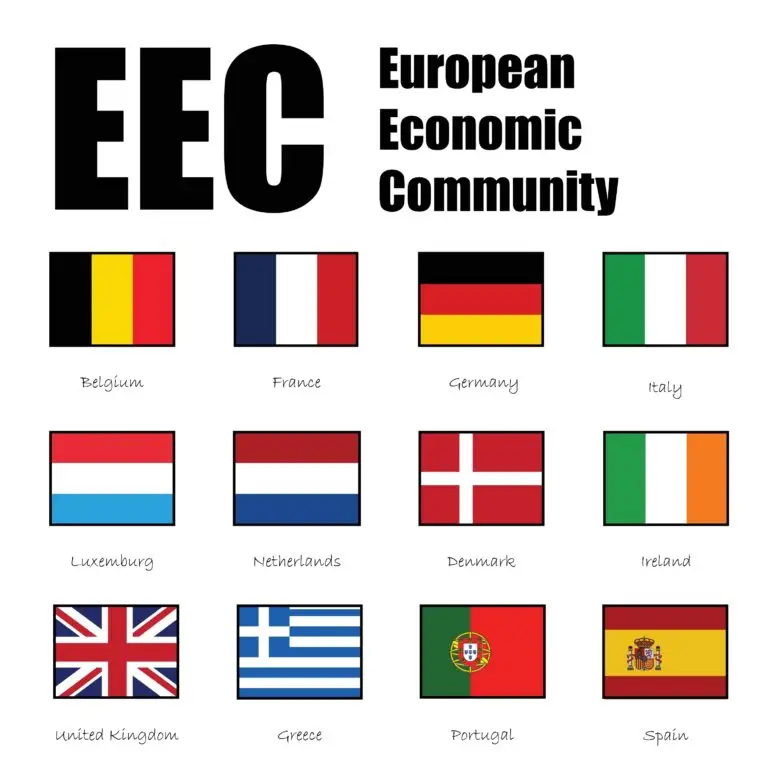Treaty of Rome

Table of Contents
Treaty of Rome Overview
The Treaty of Rome, signed on March 25, 1957, established the European Economic Community (EEC), commonly known as the Common Market, and the European Atomic Energy Community (EURATOM). One of the foundational treaties laid the groundwork for what would later become the European Union (EU).
The Treaty of Rome aimed to promote economic integration and cooperation among its signatory states, which included Belgium, France, Italy, Luxembourg, the Netherlands, and West Germany. It created a customs union, which removed tariffs and trade barriers among member states and established common policies in areas such as agriculture, transport, and competition.
Treaty of Rome Significance
Six founding member states signed The Treaty of Rome: Belgium, France, Italy, Luxembourg, the Netherlands, and West Germany.
The primary objective of the Treaty of Rome was to create a common market among the signatory countries, promoting economic integration and trade liberalization.
The Treaty established the European Economic Community (EEC), also known as the Common Market, which aimed to remove trade barriers and establish a customs union among member states.
In addition to the EEC, the Treaty of Rome also created the European Atomic Energy Community (Euratom), which aimed to promote cooperation in the peaceful use of nuclear energy.
The Treaty of Rome established the principles of the “four freedoms”: free movement of goods, services, capital, and labor among member states.
The Treaty of Rome laid the groundwork for the gradual elimination of tariffs and trade barriers within the EEC, leading to increased economic cooperation and prosperity among member states.
The Treaty of Rome established supranational institutions to oversee the implementation of its provisions, including the European Commission, the Council of Ministers, and the European Parliament.
The Treaty of Rome provided for the harmonization of economic policies and the coordination of member states’ fiscal and monetary policies to promote economic stability and growth.
The Treaty of Rome included provisions for the creation of a common agricultural policy (CAP) to support farmers and ensure food security within the EEC.
The Treaty of Rome established a framework for the gradual expansion of the EEC through the accession of new member states, facilitating the enlargement of the EU in later years.
Related Links
Ancient Greece
Ancient Rome
Italian Renaissance
Seven Years War